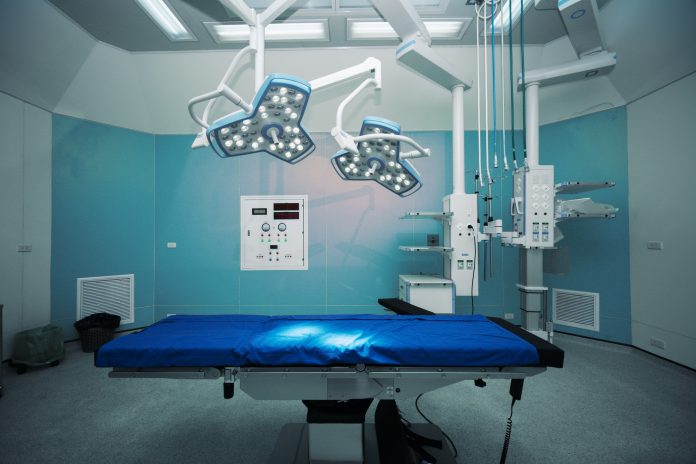Neil Laycock, Managing Director of Healthcare, Servelec, explores the potential for digital solutions to change the narrative on managing precious assets in the healthcare environment
The significant challenges facing the UK’s treasured NHS playing out against the headwinds of a turbulent political backdrop are making solutions hard to come by. Most NHS trusts in the UK, for example, have been facing critical bed shortages for years, and yet management of those scarce assets continues to be a complex, complicated and heavily contested process. At the heart of it, all are the patients, whose care is being profoundly impacted up and down the country every day. Few could argue with the need for fundamental change.
The newly launched NHSX promises just that. With its mission to take forward digital transformation in the NHS, allowing patients and staff to benefit from the latest digital systems and technology, it aims to create a revolution in how care is delivered. It is further bolstered by the Chancellor’s recent spending review which assures renewed focus and funds for the health and social care sector: £6.2 billion in the 2020/21 financial year.
We know the answer doesn’t necessarily lie in (more) beds, and certainly not with rushing people out of hospital for the issue to then manifest itself in another part of the system. So what can innovators do to help ease the pain points of a system conceived before technology could offer a better way? Is it possible to retrofit technology to address asset management in healthcare?
Why asset management matters
With the NHS so stretched and operating at or over-capacity, optimising the use of physical healthcare resources such as beds is central to successfully managing patient flow. Using NHS resources more effectively so they reach their full potential means clinicians are freed up to focus on those in their care rather than consumed by asset management – making patients the top priority as should absolutely be the case.
The consequences otherwise are far-reaching. Whilst the crisis around the availability of beds in emergency wards is widely reported and naturally concerning, the issue is, in fact, felt at every touchpoint in the health and social care system, with professionals facing constant barriers to transitioning patients through it.
Paper-based processes and the use of whiteboards to organise and map beds is inefficient and inaccurate. Entrenched ways of working differ from ward to ward meaning communication can fall down; time and resource that could be better spent on patients are consumed in bed meetings, trying to chase down capacity with an incomplete picture.
These silos of information prohibit not just a joined-up view of the system’s bed inventory, but even more concerning of the patient themselves – the impact of which is potentially devastating.
A piece of paper lost, information scrubbed from a whiteboard could lead to something important being missed, increasing the chance of clinical risk. Duplicative data entry is commonplace as staff attempt to make sense of ward capacity; this can lead to inconsistencies in patient records alongside the obvious data protection concerns. All of this puts more pressure on staff and takes their time away from patients.
Free-flowing data make patient care safer
The professionals I encounter universally agree that the solution lies at the intersection between the physical and the digital – with improved access to real-time bed information and associated clinical and operational tasks which supports the management of actual patient flow within the hospital through to discharge. What is required is a fundamental shift in the approach towards how beds are managed, using key predictors to inform flow.
Intuitive end-to-end solutions which document the patient’s first presentation through to discharge and can be integrated into existing Electronic Patient Record (EPR) systems and patient administration systems and give hospital staff the up-to-the-minute data they need to make informed decisions. Invaluable electronic dashboards can accurately display capacity information at site, ward and bed level at a glance means operational and clinical tasks can be expedited and patients moved along their care pathways.
The scale of the challenge is perhaps daunting but far from insurmountable; on the contrary, the health and social care system has already come a long way and proven it is adept at adopting new technologies – using instant messaging to communicate on the go and the success of EPR systems.
Digital solutions which enable better asset management free up valuable clinician time and provide staff with accurate information at their fingertips. Technology can underpin a ‘right bed at the right time’ approach – helping staff make better-informed decisions which reduce the length of stay, improve the quality of care and overall patient experience.
Trusts have a great opportunity to adopt interoperable best of breed systems. The next step is to embrace interoperability across the full health and social care picture – working towards a future where the patient journey is seamless and truly centred on them.
Contributor Details
Editor's Recommended Articles
-
Must Read >> Managing change around patient care















